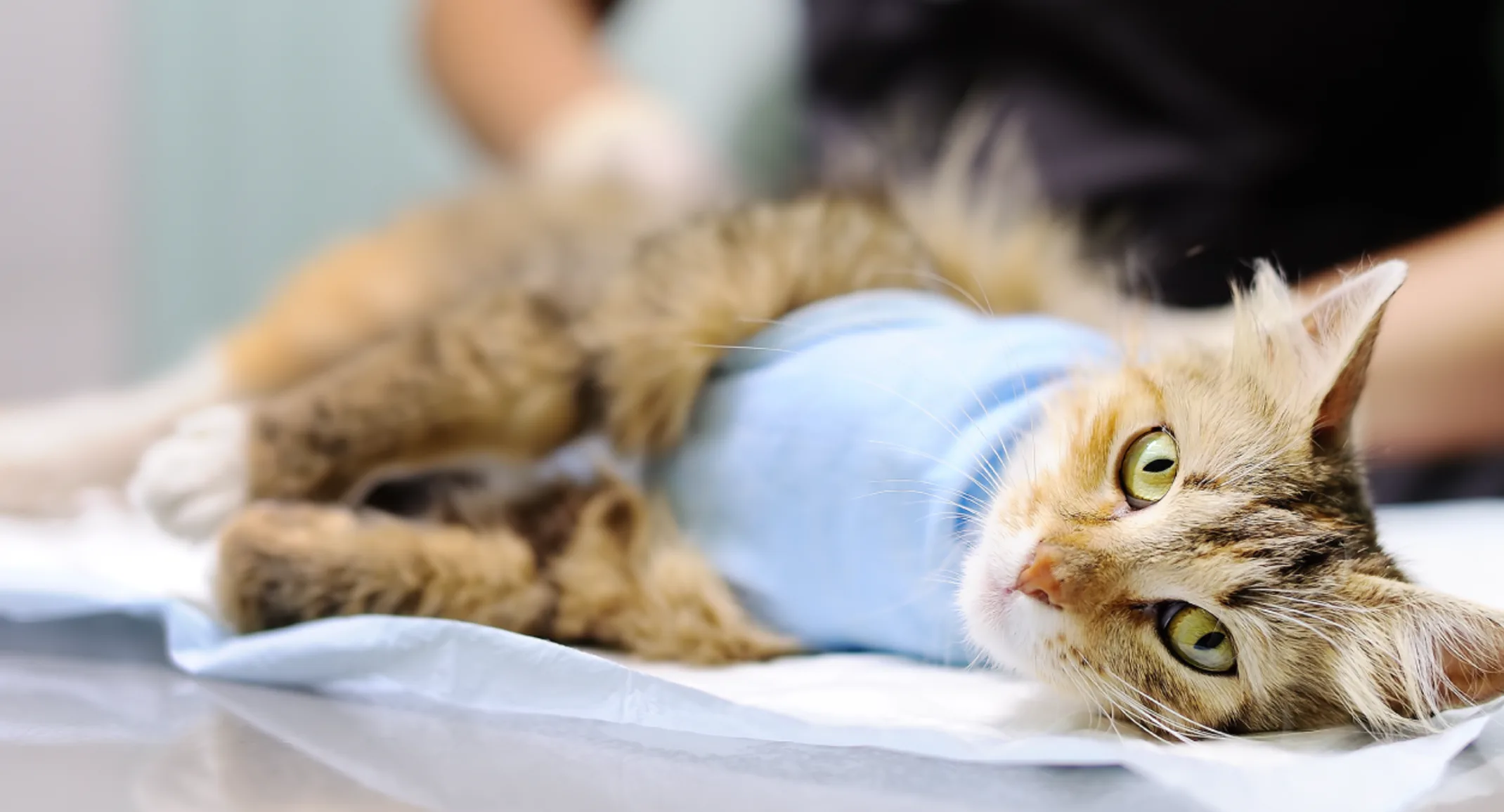All surgeries are not created equal!!
March 27, 2014

Frequently I get asked why it costs more for some common procedures at one clinic and less at another. Often when someone asks this they are trying to decide whether to take a pet to a high-volume, low-cost spay/neuter clinic, or have the procedure done at the veterinarian that they normally use. The answer to that question is not as straight forward as you might think, and it applies to much more than just spays and neuters. It can apply to dental procedures, medical treatments, diagnostics and most surgeries. Let me preface my answer by saying that I am a self-confessed spend-thrift. My wife has often said when discussing household finances with her friends that I am as tight as the bark on a tree. That sounds a little derogatory to me so I prefer to think of that tendency within me as striving to be a wise steward of my resources. (Smile) I am admitting my tendencies not as part of some self-help therapy, but to illustrate a point. I appreciate a wise consumer. Wise consumers always want to know that they are not being taken advantage of or paying premium prices for average goods or services. However, wise consumers also tend to appreciate value and are often willing to pay a little more for higher quality.
Therefore, the way I answer that question always starts with a variation on a well-worn cliché. You USUALLY get what you pay for. Anytime you are quoted widely different prices for similar services, be certain of what you are being charged for. What at first may seem like an apples to apples comparison on closer examination, may not be. For example, a spay at an animal shelter may cost $70, and you may be quoted $150-200 or more at your regular vet. An itemized estimate will often help identify some of the more significant differences, but often there are factors that have to be taken into account in pricing services that don’t show up on the invoice. How is the average consumer to know if a service is a good value or just a higher priced version of the same thing you could get elsewhere for less? Often you have to ask. A clinic that is offering high-quality medicine will usually be proud to discuss the “intangibles” that necessitate a higher cost for their services. So, what are the factors that separate the wheat from the chaff? What factors really make a procedure safer and maximize the likely hood that your pet will have a successful surgery and a quick, un-complicated recovery? What are these unwritten, often unspoken differences that you should be concerned about?
The first and probably most important factor is that every patient should be evaluated to determine the safest, most effective anesthetic protocol for that individual animal. Even if an owner declines pre-anesthetic blood work, a surgeon should take into consideration, breed, size, age, weight and concurrent disease before selecting pre-anesthetic and induction drugs. This takes time and it takes staff, both of which expensive! High-volume, low-cost spay/neuter facilities often perform 30-60 procedures each day. It would be impossible for a veterinarian to take the time required to evaluate each one of these patients in this manner and still have time to perform the procedures. In the interest of time, in the high-volume, low-cost environment, a “standard protocol” is established that is appropriate for a “typical” patient.
Second, every patient that is expected to be under anesthesia for more than 20 minutes should receive an intravenous catheter and intravenous fluids during surgery. Having immediate access to a vein gives the surgeon the ability to get drugs in a patient immediately if the need arises, and having a patient on IV fluids helps manage one of the three “hypos” that we contend with in every anesthesia – hypotension or low blood pressure. Low blood pressure is a potentially life-threatening complication. All anesthetic drugs reduce blood pressure to some degree. Organ systems, especially the kidneys and the brain, depend on adequate blood pressure for adequate perfusion. Perfusion is the medical term that refers to blood flow through all the capillary beds in a tissue. Without adequate perfusion, tissue is deprived of oxygen and nutrients. Intravenous fluids expand blood volume, thereby raising blood pressure and improving perfusion, thus protecting vital organs.
The next most important factor to consider is monitoring. A popular mantra in business circles is that you can’t manage what you can’t measure. That is true about both organizations and anesthesia. Modern multi-parameter monitors that constantly monitor and record blood pressure, oxygen levels in the blood stream, body temperature, expired and inspired CO2 levels and an electrocardiogram are becoming more affordable and more widely available. They still represent a major capital expenditure for a veterinary hospital, but knowing these values throughout the anesthetic episode allows the surgery team to respond immediately to developing trends that may represent an increased risk for the patient. That includes blood pressure and also the other two “hypos” that all surgery patients are at risk of developing: hypothermia – low body temperature and hypo-venilation – not oxygenating adequately. Sophisticated monitoring has made it possible for the average private practice to manage a patients needs during surgery better than ever before. However, the cost of the monitor is actually not the most expensive item for the hospital that strives to monitor their surgery patients well. The most expensive item is the staff required to monitor the monitor! A decade ago it was typical for a surgeon to be alone in the surgery room with a patient while support staff tended to other patients. With improved monitoring capability, the need for an additional staff member to alert the surgeon to disturbing trends in a patients vital signs and administer whatever care the surgeon deems indicated, became evident. However, despite all the safety measures taken during a surgical procedure, the most common time for complications to develop is in the immediate post-op period. It is crucial that surgery patients be watched carefully for the first few hours after surgery. This takes well-trained and capable support staff to accomplish. All of this comes at a cost.
Pre-operative blood work gets a lot of attention in the press and receptionists and technicians are trained to advise clients to consent to blood work before a procedure. While I agree it is an important part of a pre-op assessment, I believe the veterinary diagnostics industry has over-emphasized the importance of blood work for the young, healthy patient. I say this because our counterparts on the human side have performed far-reaching retrospective studies covering thousands of surgical procedures and found no evidence that a pre-op complete blood count and chemistry profile reduce the incidence of anesthetic deaths. This is probably because a routine chemistry profile and CBC tells us very little about pulmonary or cardiovascular health of a patient. These organ systems are the most important in terms of performing critical functions under anesthesia. However, veterinary patients cannot answer questions about whether they have been experiencing shortness of breath or heart palpitations, and animals are very good at hiding early signs of disease from their owners. Therefore, in a situation where we cannot fully assess a patient’s status through a comprehensive interview, we have to gather facts where we can. Thus, pre-op blood work is a crucial component to learning as much as we can about our patients, especially the middle-aged and older patients who are more at risk for age-related disease conditions, before complications arise.
Many hospitals are also beginning to promote the advantages of pre-operative coagulation testing as well. It certainly makes sense if we plan on causing bleeding to make sure our patient will stop bleeding! In-house coagulation analyzers are becoming more available and more affordable. For certain, at risk patients, I consider clotting times to be indispensable. Unfortunately, as of now we don’t have a single, patient-side monitor that can measure all the factors involved in successful clotting. Thus, for now, I consider pre-op coagulation times to be indicated in selected cases.
The last factor to consider is the surgeon’s level of experience. Some veterinarians really enjoy surgery and they are very good at a wide range of procedures. Other veterinarians view surgery as a necessary evil and do as little as possible. Ask your veterinarian if he or she is comfortable performing a certain procedure and don’t be afraid to ask about their level of experience.
At Foothills, we consider the safety of our patient as the highest priority and we choose to practice in a way that maximizes the likelihood of successful outcome. However, that’s not the case in every practice. The practical logistics of a high volume, low-cost clinic renders them unable to provide the individual attention that every surgery patient deserves. I believe anyone making an accurate apples-to-apples comparison will discover that our prices are exceptionally fair and reasonable. We try to cultivate a clientele that appreciates the value that they receive, and we take pride in our efforts to provide exceptional care at a reasonable price.
Ultimately though, I encourage everyone facing the decision of whether to utilize a low cost spay/neuter clinic or your regular care provider for an elective procedure to consider a factor that is hard to quantify. That is, who or what am I supporting with my resources? Will my decision invest in an organization that will be there for me and continue to meet my needs and those of my pet for his or her lifetime? Or, will they go to support someone with whom I have no long term relationship who has no vested interest in the long-term health and well-being of my pet?
